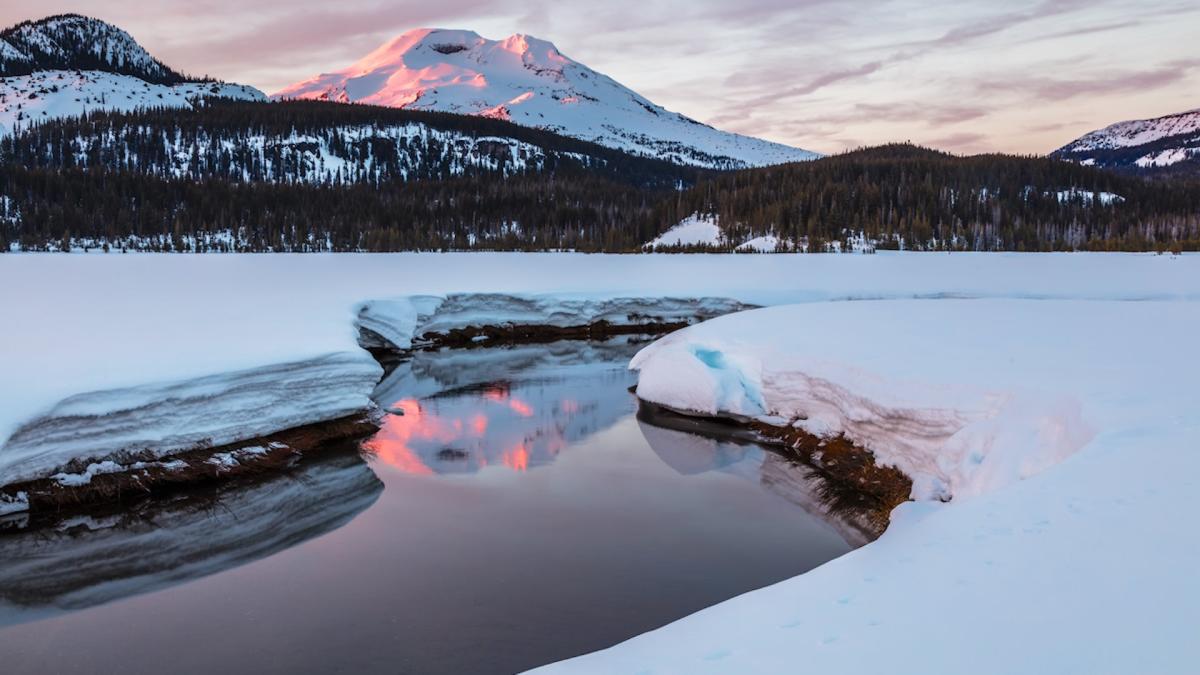
Researchers from the University of Oregon, along with other scientific teams, have made a groundbreaking discovery of an expansive underground aquifer located beneath the central Oregon Cascades. This reservoir is significantly larger than previously anticipated.
Through advanced geological mapping techniques, it has been revealed that this hidden aquifer contains no less than 81 cubic kilometers of water—nearly three times the capacity of Lake Mead and more than half that of Lake Tahoe, as reported by ScienceDaily.
Leif Karlstrom, the lead earth scientist on the project, describes this find as “a continental-sized lake stored within the mountains, much like a colossal water tower.” This discovery offers a new perspective on water resources in the western United States.
The findings, published in the Proceedings of the National Academy of Sciences, suggest that the Cascade Range may house the largest volcanic aquifer system on Earth.
This discovery comes at a pivotal time, especially as rising global temperatures lead to declining snowpacks and increasing drought conditions throughout the western U.S. This situation is intensifying challenges for local ecosystems and communities reliant on these vital water sources. The McKenzie River, which originates from mountain springs in the Cascade Range, is a crucial water supply for Eugene, Oregon.
While the enormity of the aquifer is encouraging, scientists are still working to understand how it interconnects with the springs that feed into the McKenzie River, which is essential for supporting local populations and agricultural activities.
Watch now: How bad is a gas stove for your home’s indoor air quality?
Despite the promising size of the aquifer, scientists urge caution.
“The longevity and resilience of this resource are tied to the availability of replenishing waters,” stated Karlstrom. As the aquifer heavily relies on snowmelt, the anticipated reduction in snowfall in the coming years could jeopardize its stability. Regions like California face similar challenges, with groundwater management during prolonged droughts underscoring the need for sustainable water systems.
Additionally, this significant discovery raises concerns regarding volcanic activity. When water interacts with magma, it can potentially lead to increased eruption intensity, prompting scientists to closely monitor the geological activity in the area.
How often do you worry about the quality of your drinking water? Click your choice to see results and share your thoughts. |
This substantial aquifer serves as a powerful reminder of how much we still have to learn about the natural systems that sustain us, particularly in light of ongoing climate change. Understanding how this underground water interacts with rivers and springs could be crucial for future water management strategies, especially as climatic conditions continue to evolve.
Gordon Grant, a geologist with the U.S. Forest Service and co-author of the study, remarked, “This region has been gifted with an incredible geological resource, yet our understanding is still in its infancy.”
Subscribe to our free newsletter for uplifting news and insightful tips, and explore this interesting list of simple ways to benefit yourself and the environment.









